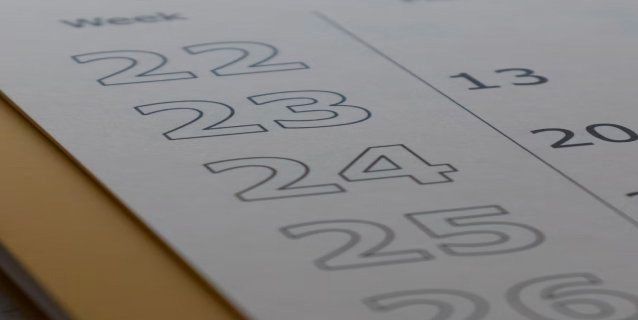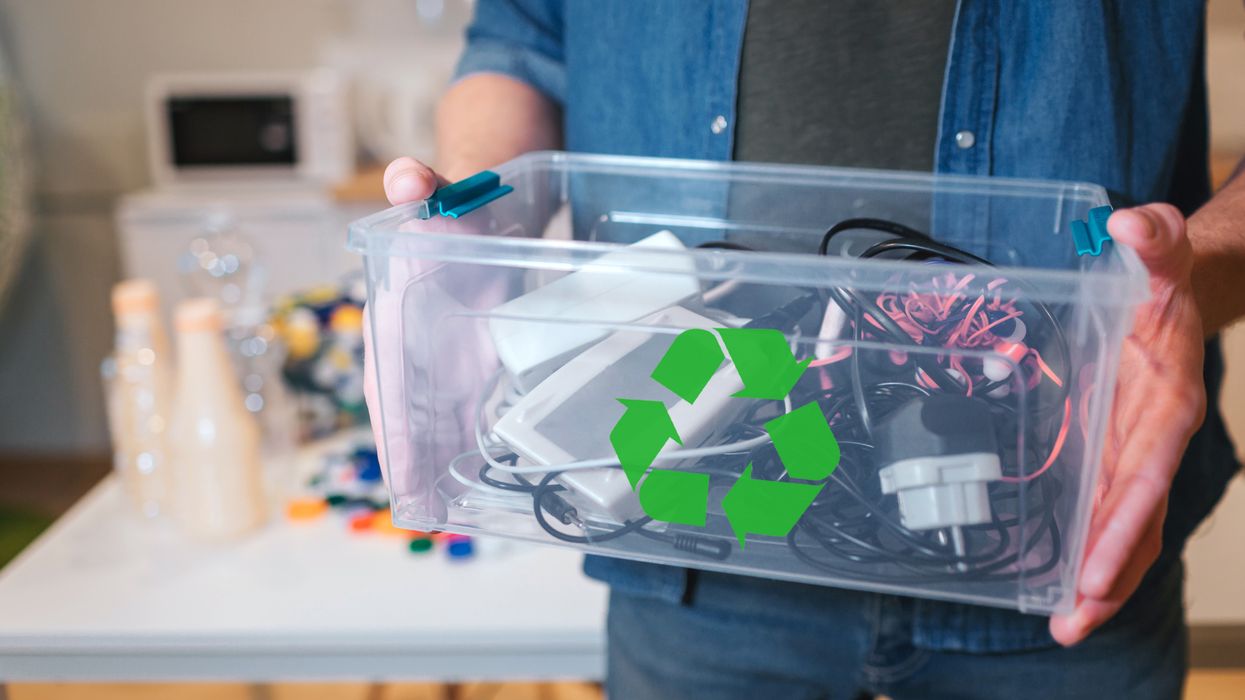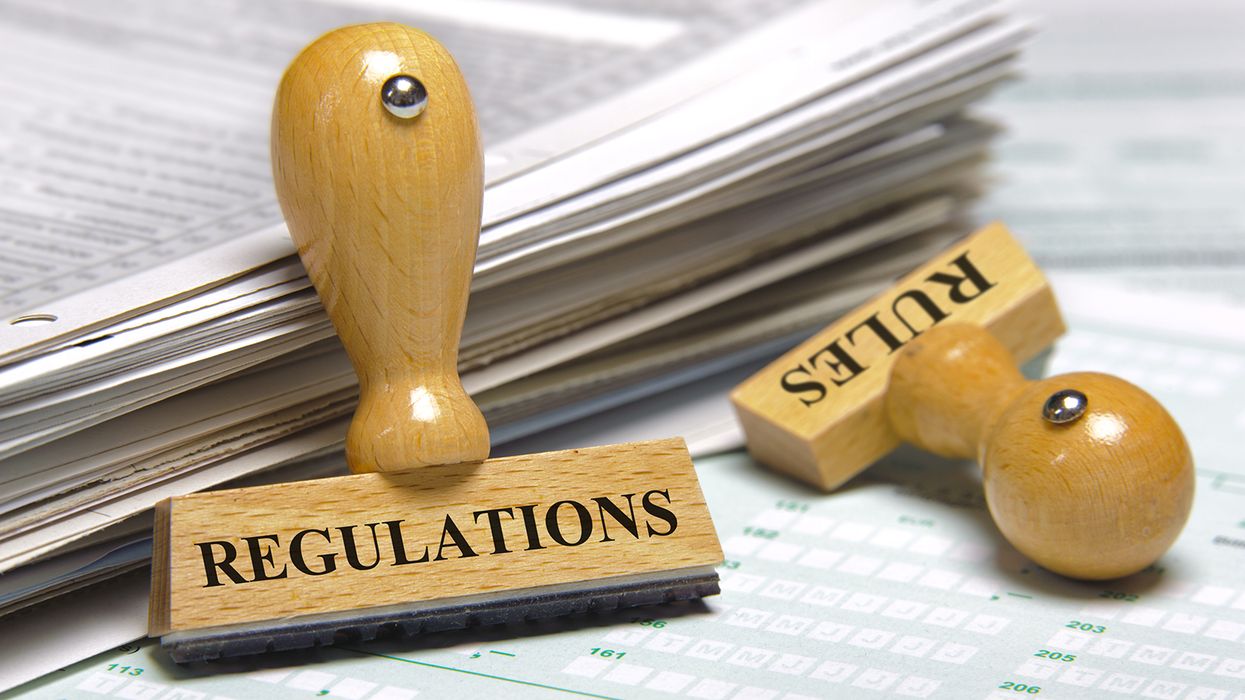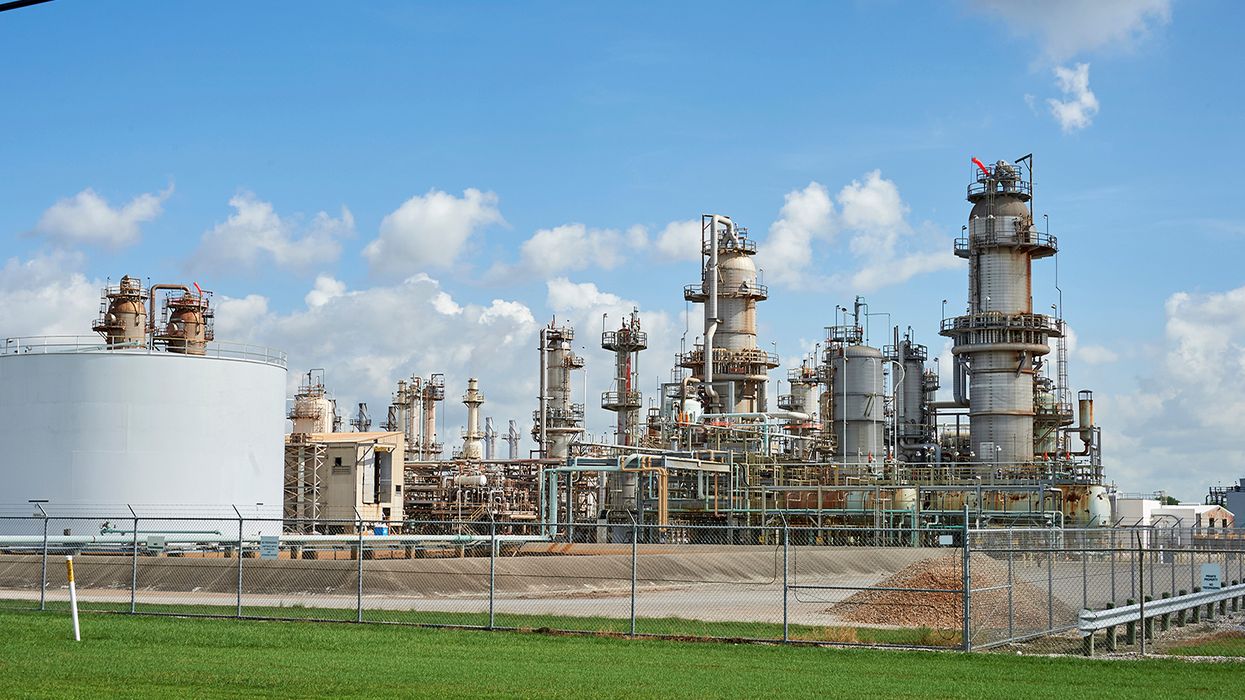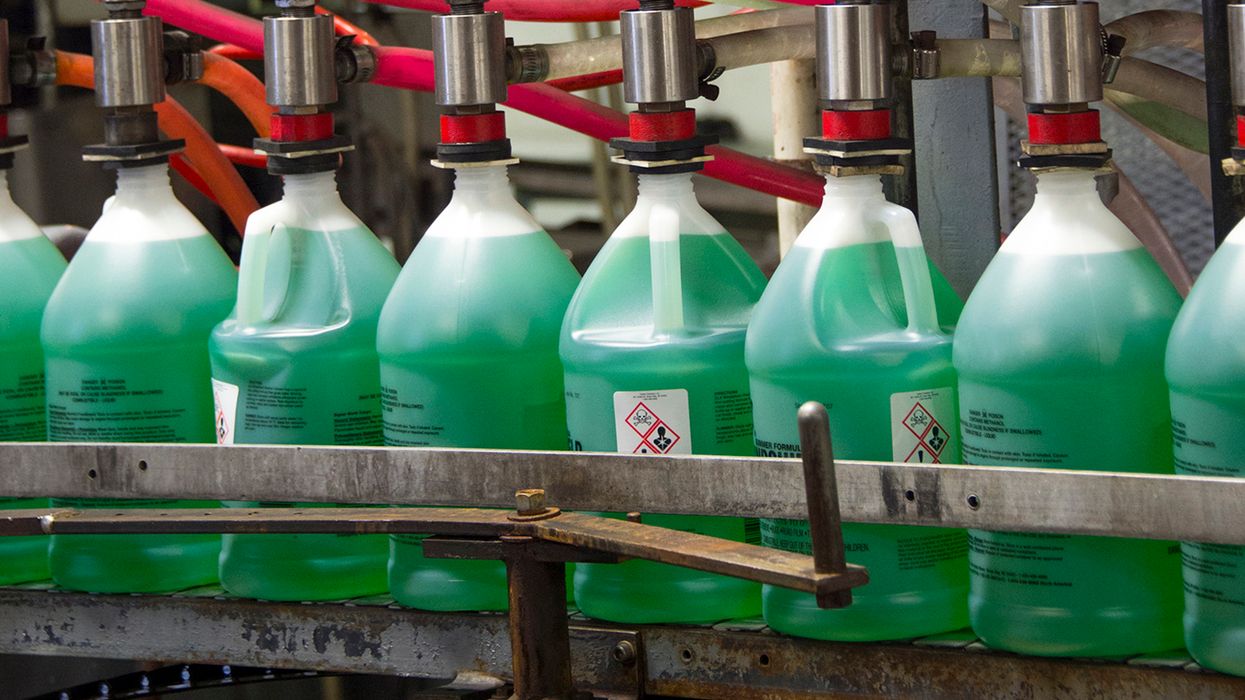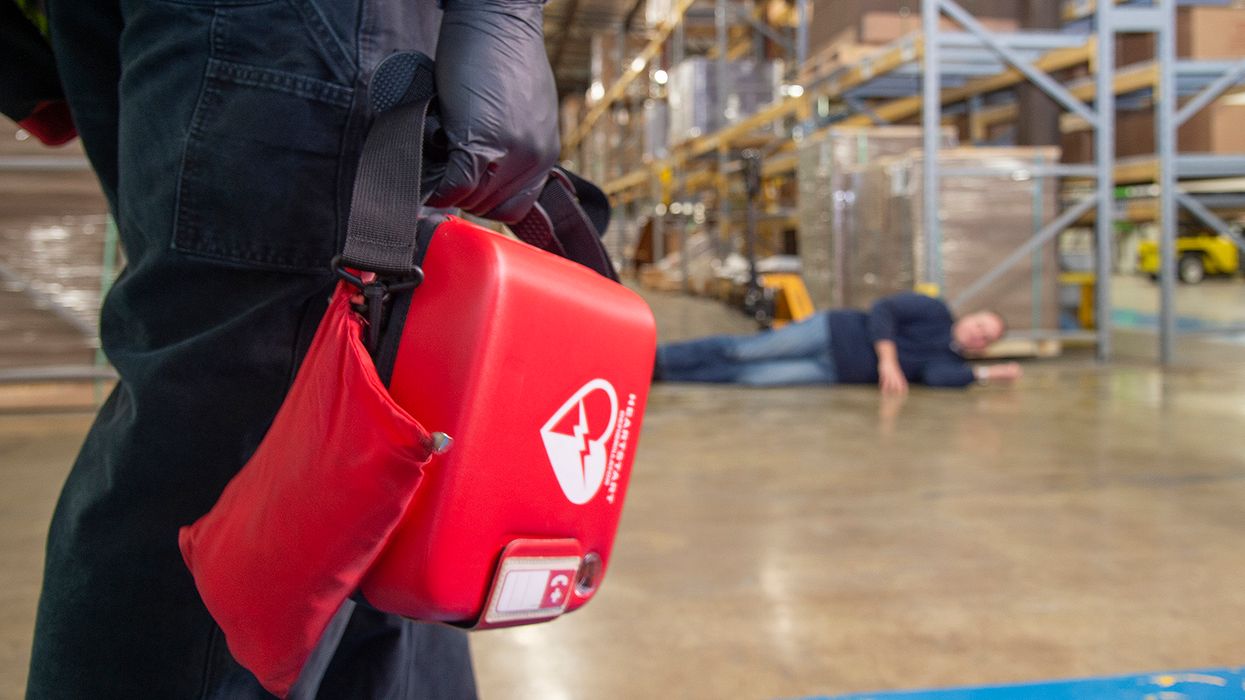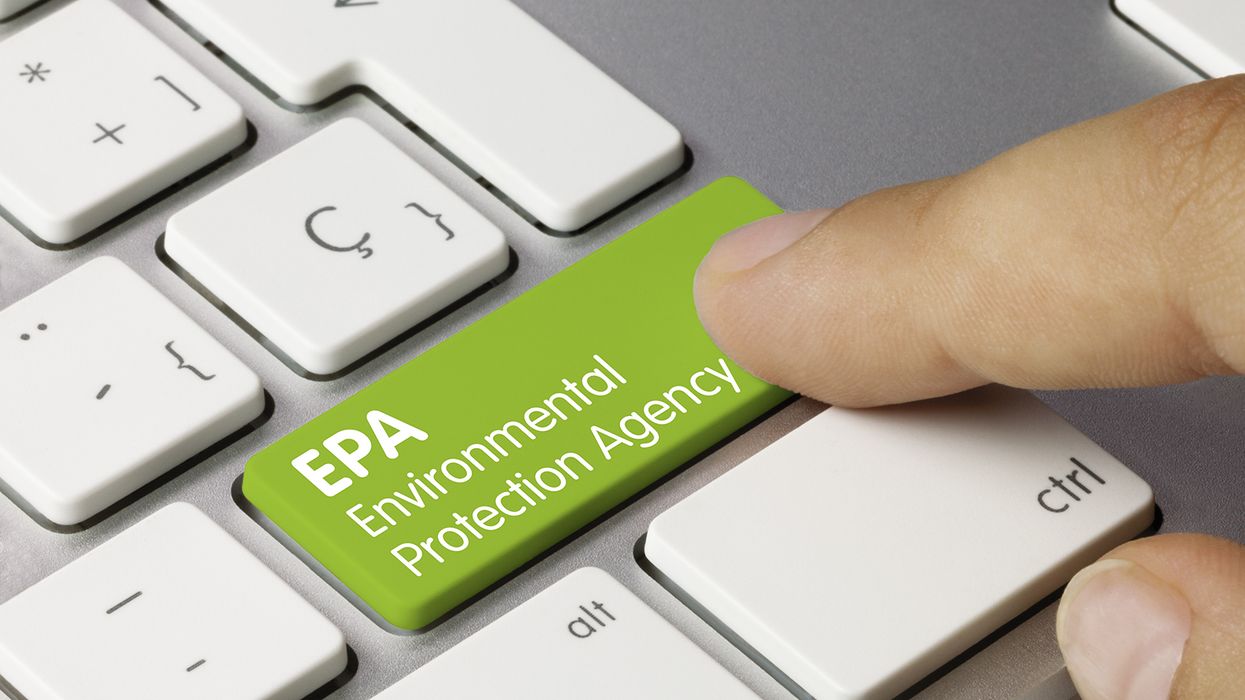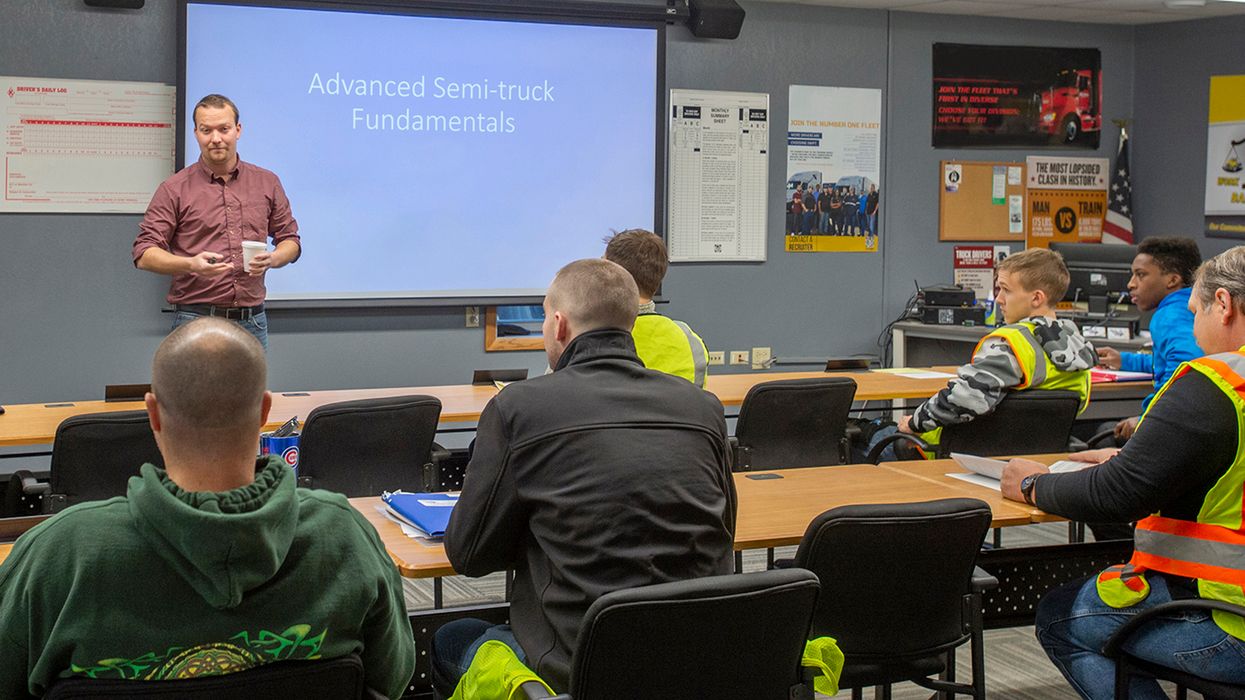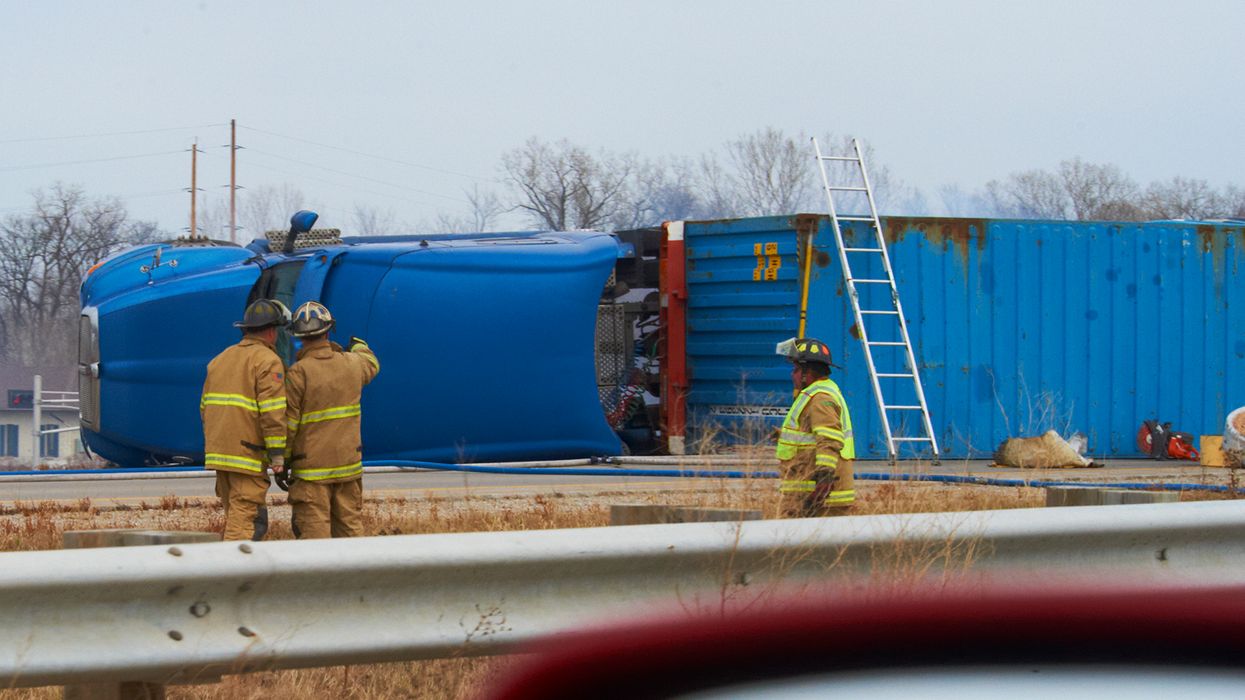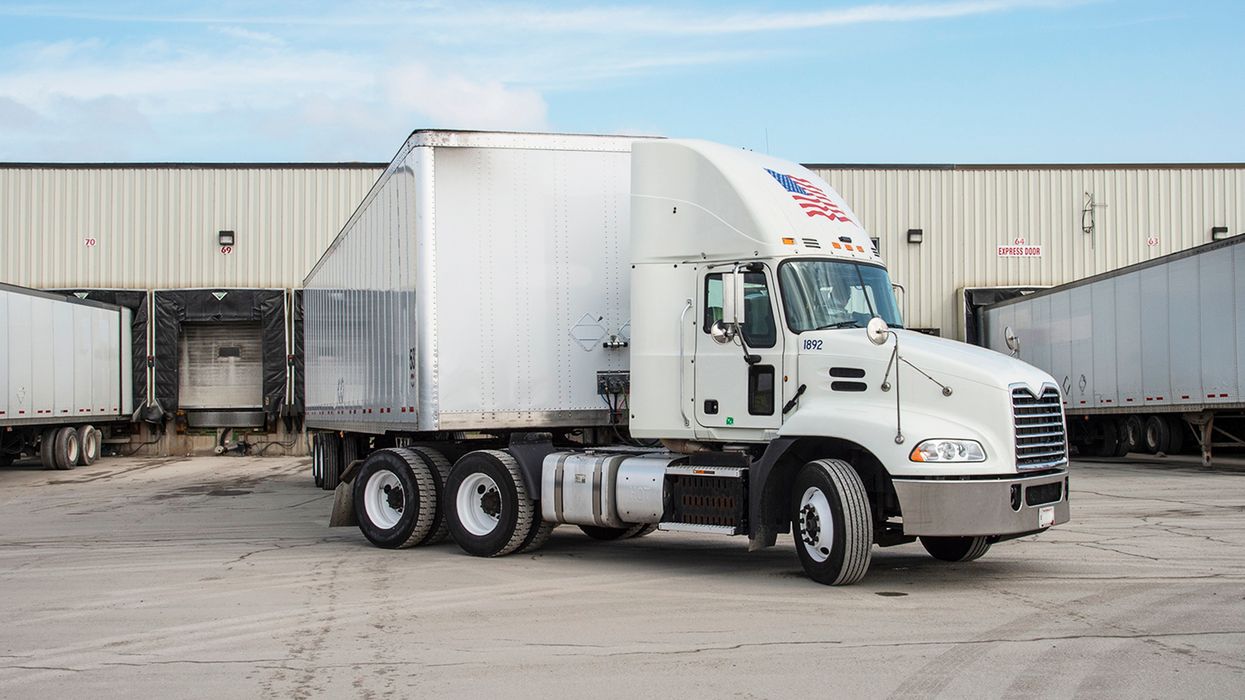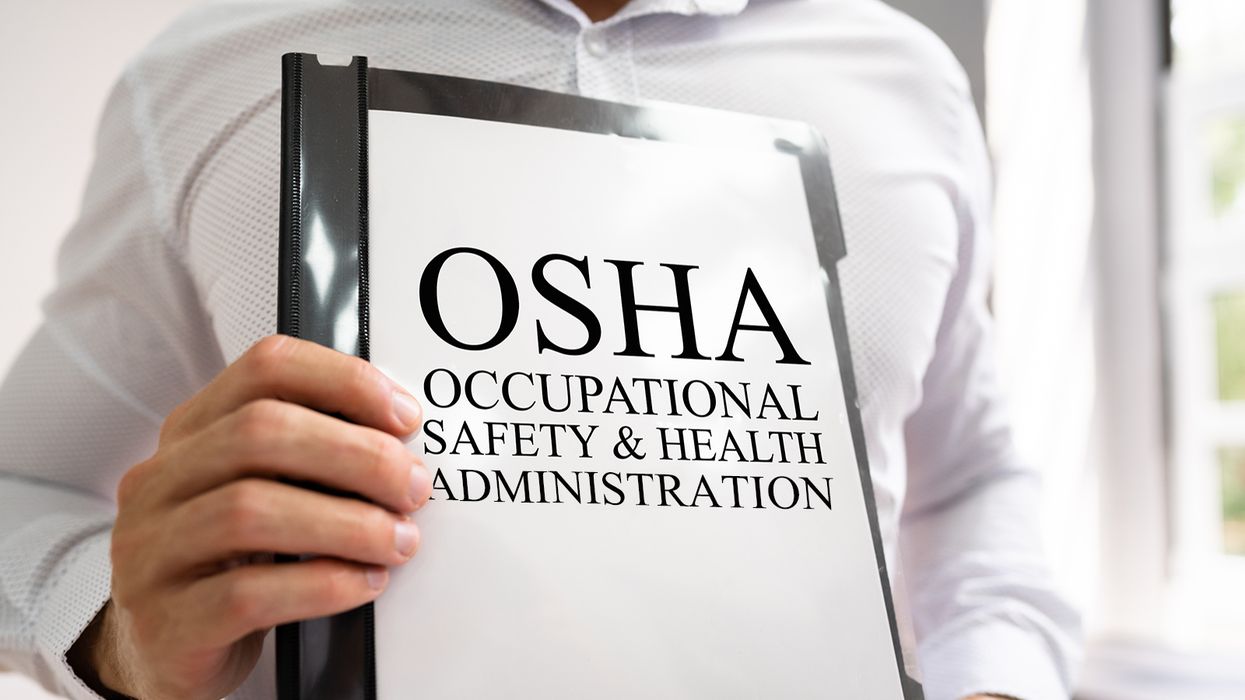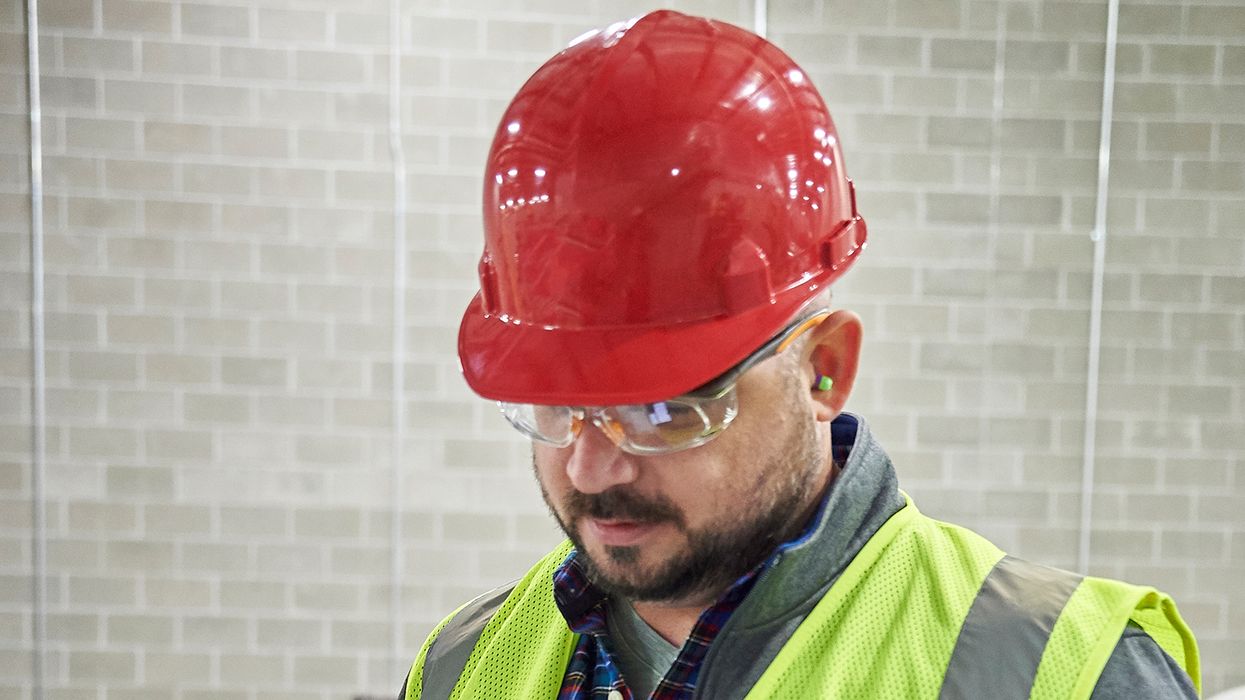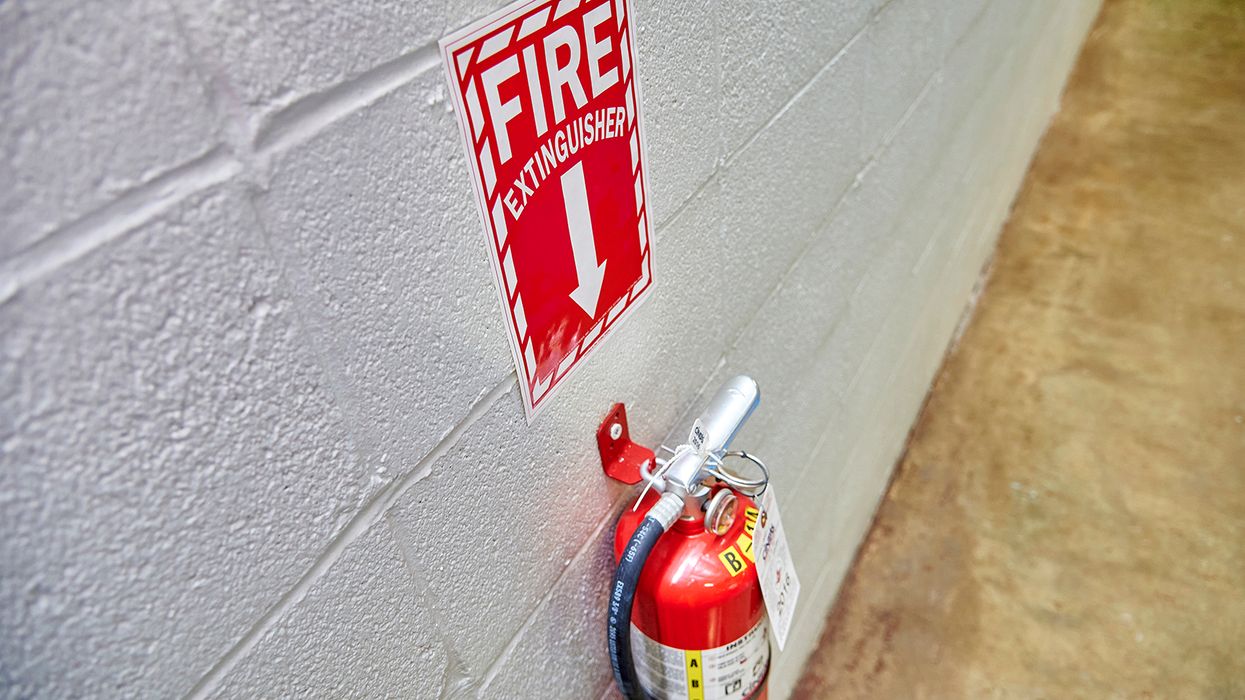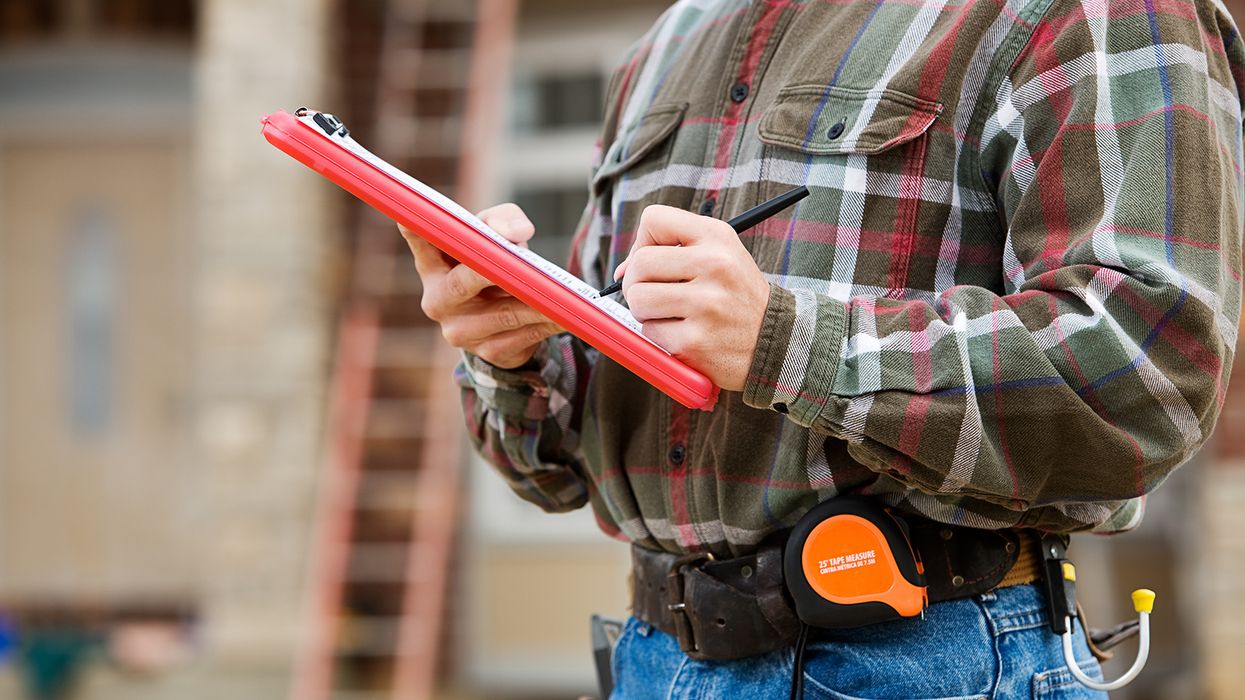EPA, Army Corps of Engineers return to pre-2015 interpretation of WOTUS
On August 30, 2021, a court order from the U.S. District Court of Arizona vacated and remanded the Navigable Waters Protection Rule in the case of Pascua Yaqui Tribe v. U.S. Environmental Protection Agency. As a result, EPA and the U.S. Army Corps of Engineers have stopped implementation of the rule and returned to an earlier interpretation of “waters of the United States” (WOTUS).
The court ruling further emphasizes and prioritizes the agencies’ previously announced plans to rework the definition of WOTUS and replace the Navigable Waters Protection Rule with the goal of “crafting a durable definition of “waters of the United States” that is informed by diverse perspectives and based on an inclusive foundation.” The agencies’ intention to revise the definition is in response to a review directed by Executive Order 13990, Protecting Public Health and the Environment and Restoring Science to Tackle the Climate Crisis.
The regulatory definition of WOTUS has had a somewhat rocky history, and EPA notes that crafting a durable definition of the term is necessary for ensuring clean and safe water nationwide.
For the time being, the agencies will return to using the pre-2015 regulatory definition of WOTUS at 40 CFR 230.3(s), which defines “waters of the United States” as:
- All waters which are currently used, or were used in the past, or may be susceptible to use in interstate or foreign commerce, including all waters which are subject to the ebb and flow of the tide;
- All interstate waters including interstate wetlands;
- All other waters such as intrastate lakes, rivers, streams (including intermittent streams), mudflats, sandflats, wetlands, sloughs, prairie potholes, wet meadows, playa lakes, or natural ponds, the use, degradation or destruction of which could affect interstate or foreign commerce including any such waters:
- Which are or could be used by interstate or foreign travelers for recreational or other purposes; or
- From which fish or shellfish are or could be taken and sold in interstate or foreign commerce; or
- Which are used or could be used for industrial purposes by industries in interstate commerce;
- All impoundments of waters otherwise defined as waters of the United States under this definition;
- Tributaries of waters identified in paragraphs (s)(1) through (4) of this section;
- The territorial sea;
- Wetlands adjacent to waters (other than waters that are themselves wetlands) identified in paragraphs (s)(1) through (6) of this section; waste treatment systems, including treatment ponds or lagoons designed to meet the requirements of CWA (other than cooling ponds as defined in 40 CFR 423.11(m) which also meet the criteria of this definition) are not waters of the United States.
Waters of the United States do not include prior converted cropland. Notwithstanding the determination of an area’s status as prior converted cropland by any other federal agency, for the purposes of the Clean Water Act, the final authority regarding Clean Water Act jurisdiction remains with EPA.
Key to remember: The definition of WOTUS continues to be reshaped, and currently EPA and the Army Corps of Engineers are using the pre-2015 interpretation.


















